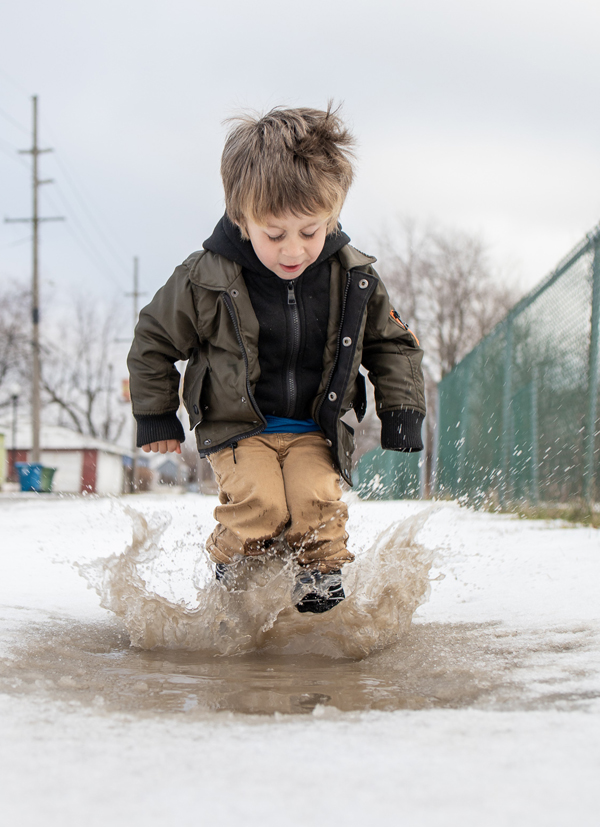Pumpkin Palooza | Saturday, October 26

Pumpkin Palooza | Saturday, October 26

By Alix Tonsgard, MS, Early Learning Specialist, DuPage Children’s Museum
Winter. I will be honest my friends, I am not the biggest fan. I love fresh snow and if the opportunity presents itself to sit in front of a fire with a book, I am all in. In a perfect world I feel about a month or two of winter is nice but it gets old fast and winter during a pandemic with a toddler? I, the Early Learning Specialist, a person with a well equipped tool box of child development knowledge, years of experience as a preschool teacher, and a closet stocked with paint, shaving cream, and all sorts of treasures, started dreading this pandemic winter in September.

All I could think about was being trapped inside our little house with a toddler, who is very much experiencing the emotional roller coaster ride of toddlerhood. I worried that there would be an increase in screen time and meltdowns. But, we just continued to take things one day at a time.
We spent the fall splashing in puddles, driving trucks through mud and leaves, and finding new and interesting outdoor spaces to explore. It kept getting colder but the little guy would be so lost in his play that the temperature didn’t phase him; it only phased the adults. So we invested in cold weather gear and kept nurturing his love of playing in the dirt.
And then the snow came. This little guy just about lost his mind. I spent many mornings following him as he jumped in the snow and made footprints, tried to crack the ice in our outside water table and explored this whole new world that was unfolding before his eyes. As the snow and ice play began to wear on me, the solids turned to slush and he lost his mind all over again.
On the first chilly morning when we discovered that the ice had turned to slush in the field near our house, I let him jump and splash in those icy puddles until he was drenched. I took a video and sent it to my mom, a retired nursery school teacher. Her response was “this is what we used to call snow curriculum.” I am sure to many, what happened in the field that morning looked purely like a little boy having a ton of fun making a big mess. And while this was true on the surface, and an important part of what that play experience entailed, it was truly so much deeper.

When observing this play though a different lens you would see that his exploration started with a slow dipping of his boot covered toes. It then progressed to full submersion, then the ever satisfying stomp which of course then resulted in full-on jumping and splashing. He was clearly curious about the changes in the properties of the ice and snow and intrinsically motivated to answer his own questions. He was actively collecting data about the world and the things in it. This is scientific thinking in action and why play is so powerful. As that field has had multiple cycles this winter of freezing and thawing, he has continued to collect data and he now has the ability to apply that when we go exploring in other places.
So friends, while I was initially dreading winter, much like the little guy in my household, this winter has blown my mind. I encourage you to bundle up and watch your child as they explore the magic of the winter. Watch as they observe and ask their own questions. Be curious with them and see where it takes you. I have found that when I take the time to be lost in these moments with our little ones, that this pandemic winter isn’t always that bad.
** This blog is dedicated to my nursery school teacher Peggy Bevington. My understanding of the power of experiential learning began in her classroom at age three.
Photo Credit: Shane Cleminson Photography
——————————————–
About Alix
Alix Tonsgard is the Early Learning Specialist at DuPage Children’s Museum. She holds an MS in Child Development from the Erikson Institute. Acting as the Museum’s advocate for early childhood development and learning, she ensures that the latest research in Early Childhood Education is represented in all Museum exhibits, professional development initiatives, and public programs.

